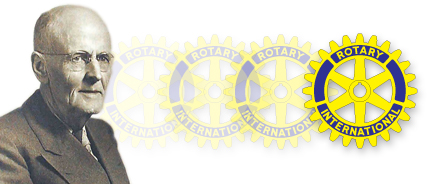What is Rotary
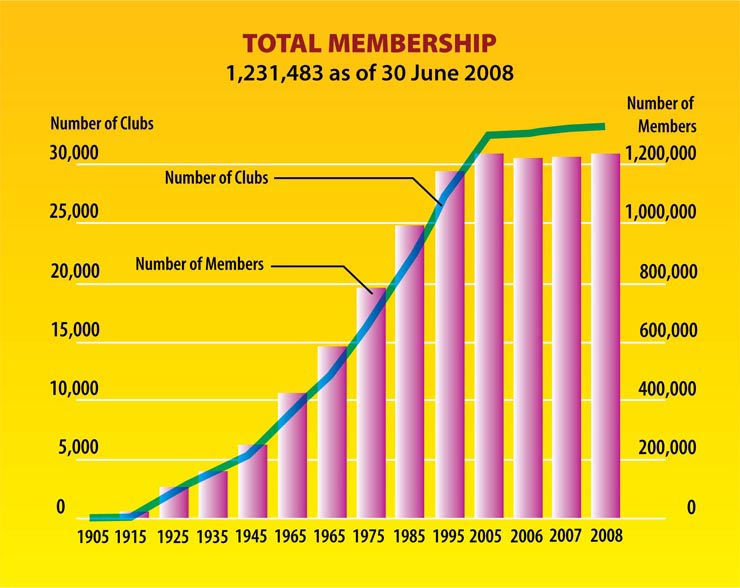
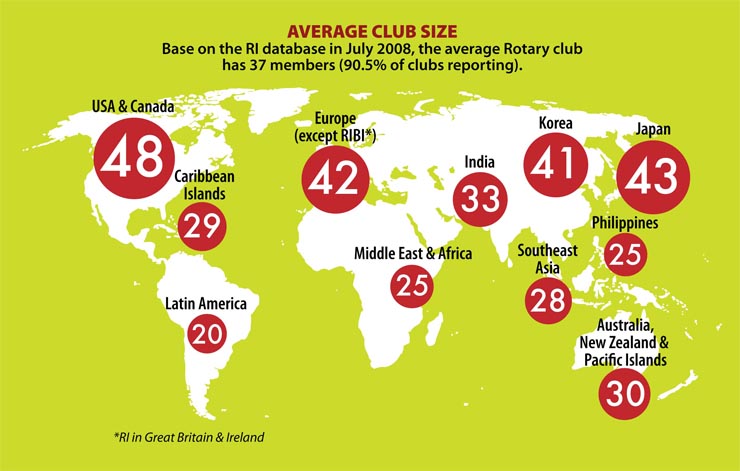
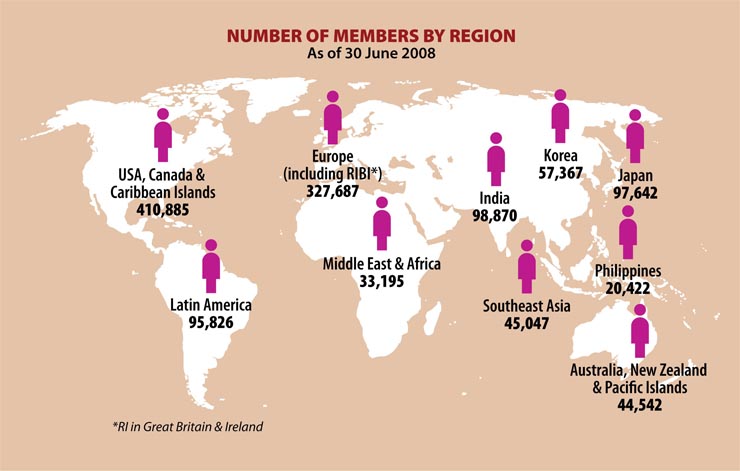
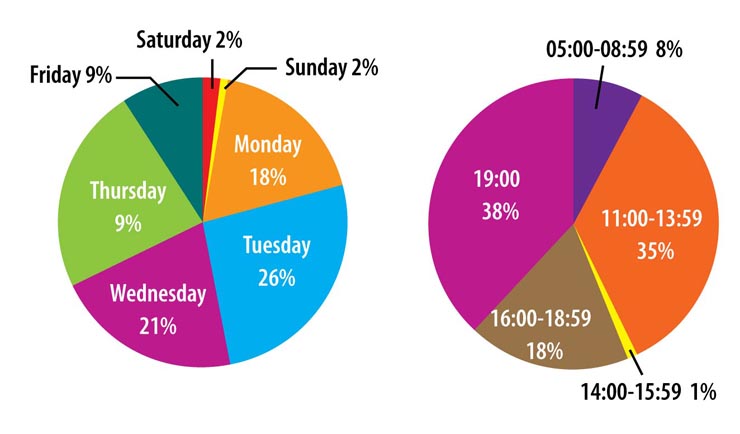
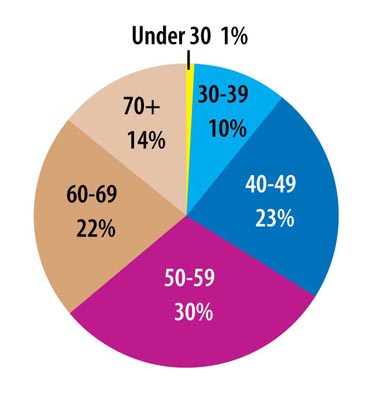
[Back to the Top]

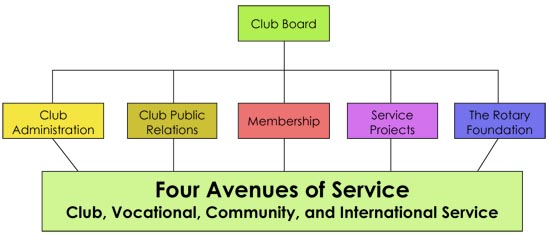
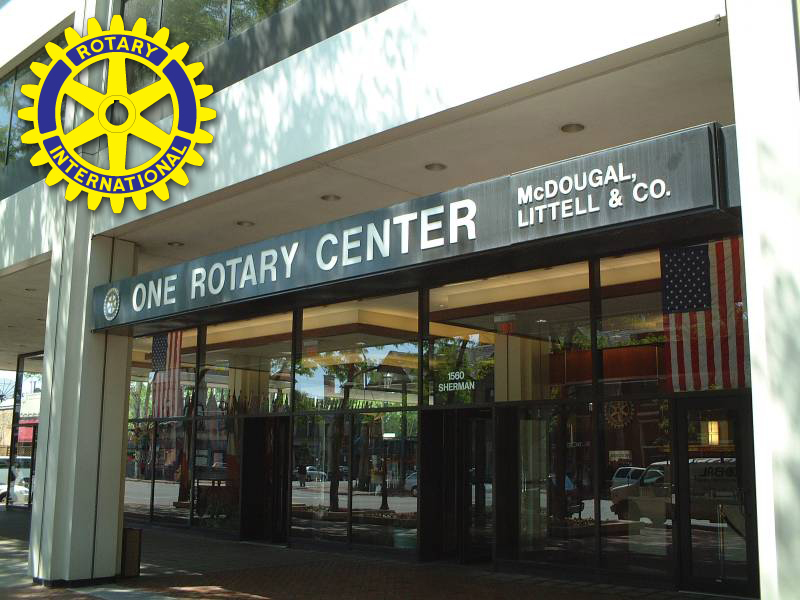
-
ROTARY is an organization of business and professional leaders united worldwide, who provide humanitarian service, encourage high ethical standards in all vocations, and help build goodwill and peace in the world.
-
ROTARY is the world's first service club. The first Rotary club was founded in Chicago, Illinois, USA on 23 February 1905.
-
ROTARY is some 1.2 million service-minded men and women belonging to more than 32,000 Rotary clubs in virtually every nation in the world.
-
ROTARIANS meet weekly for fellowship and interesting and informative programme dealing with topics of local and global importance. Membership reflects a wide cross-section of community representation.
-
ROTARIANS plan and carry out a remarkable variety of humanitarian, educational, and cultural exchange programme that touch people's lives in their local communities and our world community.
-
ROTARY is The Rotary Foundation, which each year provides some US$90 million for international scholarships, cultural exchanges, and humanitarian projects large and small that improve the quality of life for millions of people. Rotary is widely regarded as the world's largest private provider of international educational scholarships.
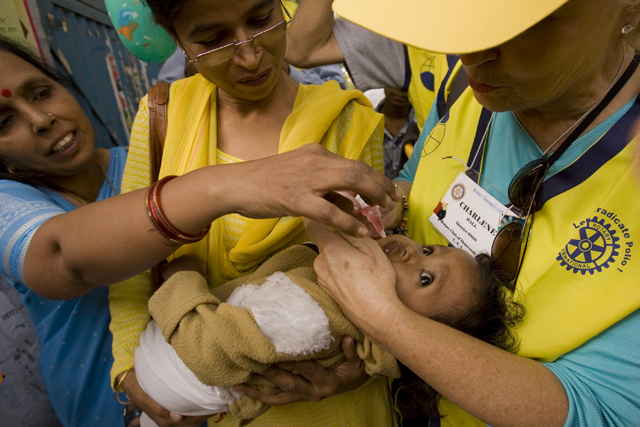
-
The development of acquaintance as an opportunity for service;
-
High ethical standards in business and professions, the recognition of the worthiness of all useful occupations, and the dignifying of each Rotarian's occupation as an opportunity to serve society;
-
The application of the ideal of service in each Rotarian’s personal, business, and community life;
-
The advancement of international understanding, goodwill, and peace through a world fellowship of business and professional persons united in the ideal of service.
From the earliest days of the organization, Rotarians were concerned with promoting high ethical standards in their professional lives. One of the world’s most widely printed and quoted statements of business ethics is The Four-Way Test, which was created in 1932 by Rotarian Herbert J. Taylor (who later served as RI president) when he was asked to take charge of a company that was facing bankruptcy.
1. Is it the TRUTH?
2. Is it FAIR to all concerned?
3. Will it build GOODWILL and BETTER FRIENDSHIPS?
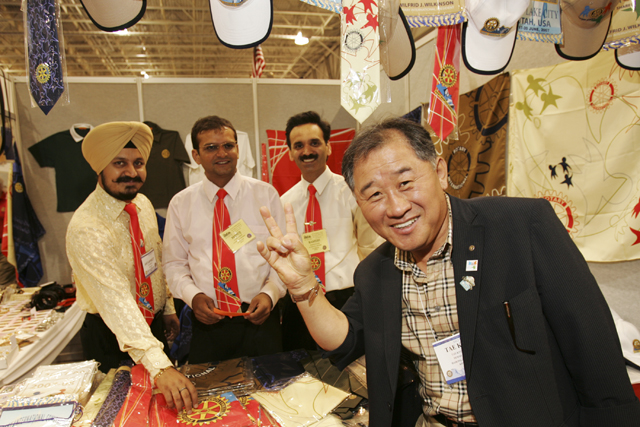
1. Friendship
In an increasingly complex world, Rotary provides one of the most basic human needs: the need for friendship and fellowship. It is one of two reasons why Rotary began in 1905.
2. Leadership Development
Rotary is an organization of leaders and successful people. Serving in Rotary positions is like a college education. Leadership - learning how to motivate, influence and lead leaders.
3. Personal Growth and Development
Membership in Rotary continues one's growth and education in human relations and personal development.
4. Business Development
The second original reason for Rotary's beginning is business development. Everyone needs to network. Rotary consists of a cross section of every business community. Its members come from all walks of life. Rotarians help each other and collectively help others.
5. Citizenship in the Community
Membership in a Rotary club makes one a better community citizen. The average Rotary club consists of the most active citizens of any community.
6. Continuing Education
Each week at Rotary there is a programme designed to keep one informed about what is going on in the community, nation and world. Each meeting provides an opportunity to listen to different speakers and a variety of timely topics
7. Fun
Rotary is fun, a lot of fun. Each meeting is fun. The club projects are fun. Social activities are fun. The service is fun.
8. Public Speaking Skills
Many individuals who joined Rotary were afraid to speak in public. Rotary develops confidence and skill in public communication and the opportunity to practice and perfect these skills.
9. Citizenship in the World
Every Rotarian wears a pin that says "Rotary International". There are few places on the globe that do not have a Rotary club. Every Rotarian is welcome - even encouraged - to attend any of the 31,000 clubs in 194 nations and geographical regions. This means instant friends in both one's own community and in the world community.
10. Assistance when Travelling
HISTORY OF ROTARY INTERNATIONAL
